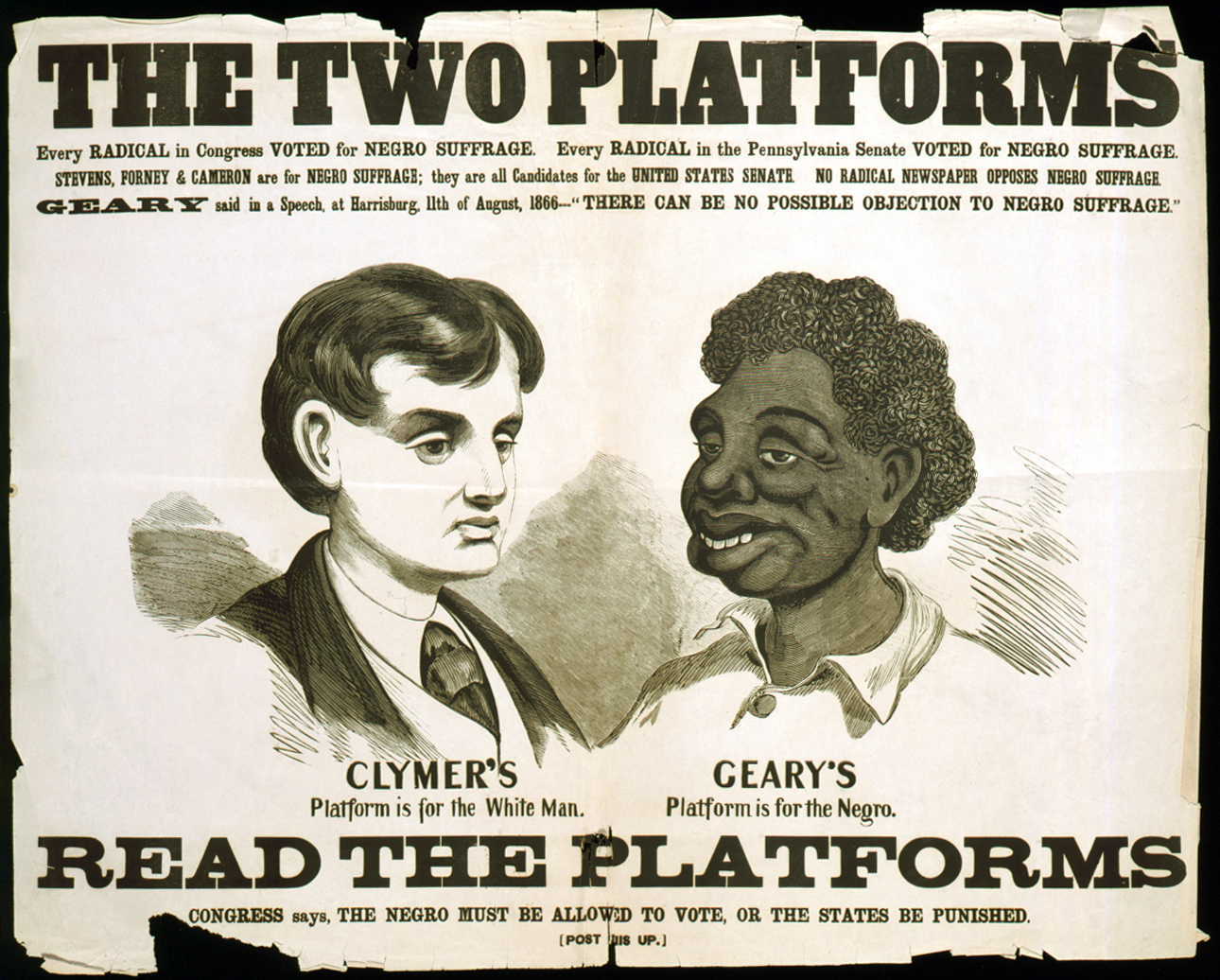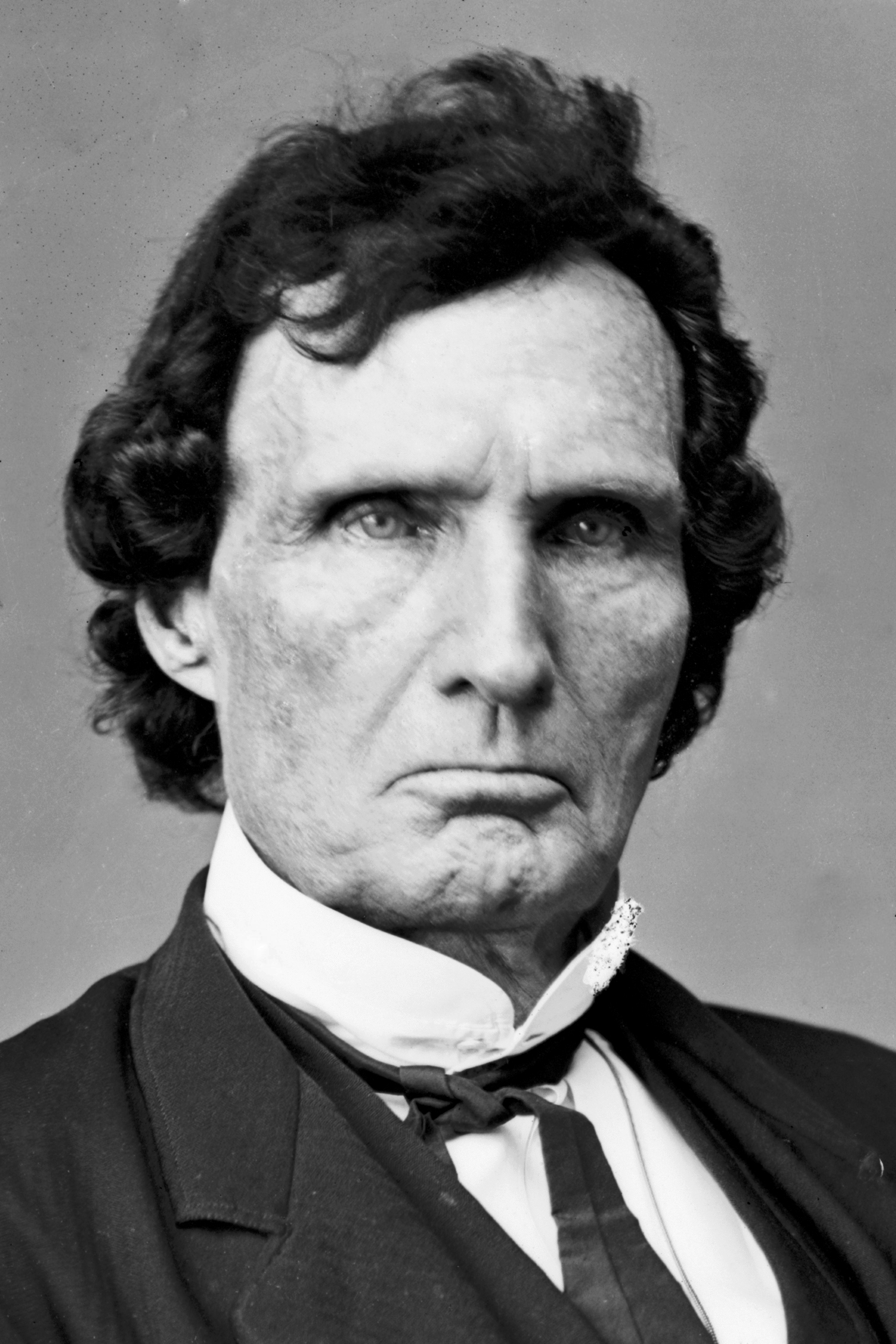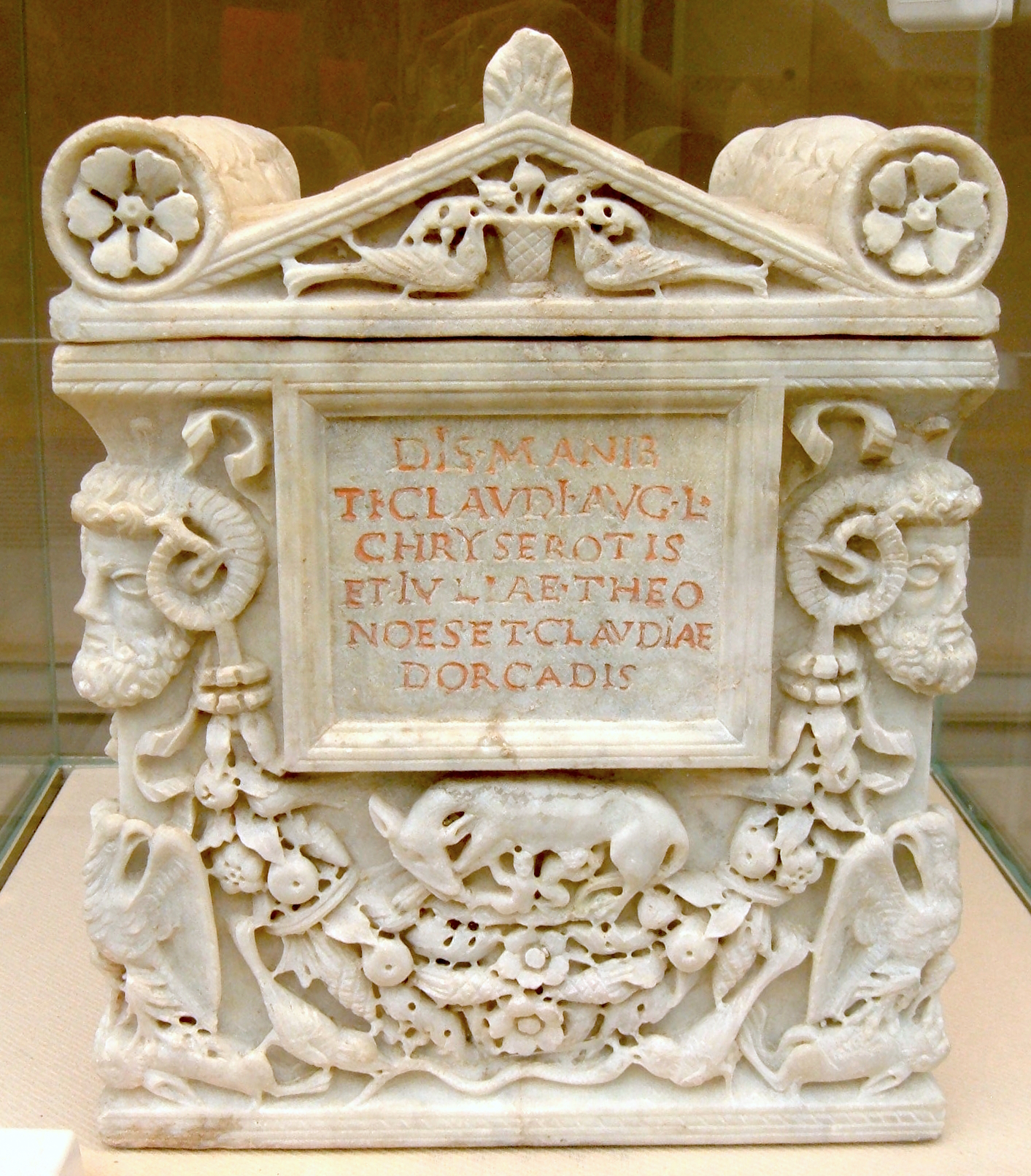|
Beaufort County, South Carolina
Beaufort County ( ) is a county in the U.S. state of South Carolina. As of the 2020 census, its population was 187,117. Its county seat is Beaufort and its largest community is Hilton Head Island. Beaufort County is part of the Hilton Head Island-Bluffton-Port Royal, SC Metropolitan Statistical Area. It is one of the South's fastest-growing counties, primarily because of development south of the Broad River clustered along the U.S. Highway 278 corridor. The county's northern portions have also grown steadily, due in part to the strong federal military presence around the city of Beaufort. The county's two portions are connected by the Broad River Bridge, which carries South Carolina Highway 170. Beaufort County has been identified as the most at-risk county in the contiguous United States for combined damage from climate change in the medium term, largely due to high wet-bulb temperatures, economic and farm crop damages, and sea level rise. History From the early da ... [...More Info...] [...Related Items...] OR: [Wikipedia] [Google] [Baidu] |
Beaufort Historic District (Beaufort, South Carolina)
Beaufort Historic District is a historic district in Beaufort, South Carolina. It was listed on the National Register of Historic Places in 1969, and was declared a National Historic Landmark in 1973. The historic district is renowned for its impressive collection of antebellum architecture that reflect the Federal, neoclassical, and Greek revival styles that were popular during the interwar period, along with the widespread use of tabby. A variety of homes, gardens, commercial buildings, houses of worship and graveyards are featured in the district, with some sites open for public inspection. Continuous efforts at rehabilitation and conservation underline the community's commitment to maintaining the historic nature of the district, which has attracted much acclaim and garnered popularity from visitors and media outlets. The district's condition has been assessed several times since it was listed in 1969, and in 1998 the National Park Service proposed listing the district ... [...More Info...] [...Related Items...] OR: [Wikipedia] [Google] [Baidu] |
Gullah Language
Gullah (also called Gullah-English, Sea Island Creole English, and Geechee) is a creole language spoken by the Gullah people (also called "Geechees" within the community), an African American population living in coastal regions of South Carolina and Georgia (including urban Charleston and Savannah) as well as extreme northeastern Florida and the extreme southeast of North Carolina. Origins Gullah is based on different varieties of English and languages of Central Africa and West Africa. Scholars have proposed a number of theories about the origins of Gullah and its development: # Gullah developed independently on the Sea Islands off the coast of the Carolinas, Georgia, and Florida throughout the 18th and 19th centuries by enslaved Africans. They developed a language that combined grammatical, phonological, and lexical features of the nonstandard English varieties spoken by that region's white slaveholders and farmers, along with those from numerous Western and Central Af ... [...More Info...] [...Related Items...] OR: [Wikipedia] [Google] [Baidu] |
Jim Crow
The Jim Crow laws were state and local laws introduced in the Southern United States in the late 19th and early 20th centuries that enforced racial segregation, " Jim Crow" being a pejorative term for an African American. The last of the Jim Crow laws were generally overturned in 1965. Formal and informal racial segregation policies were present in other areas of the United States as well, even as several states outside the South had banned discrimination in public accommodations and voting. Southern laws were enacted by white-dominated state legislatures ( Redeemers) to disenfranchise and remove political and economic gains made by African Americans during the Reconstruction era. Such continuing racial segregation was also supported by the successful Lily-white movement. In practice, Jim Crow laws mandated racial segregation in all public facilities in the states of the former Confederate States of America and in some others, beginning in the 1870s. Jim Crow laws were ... [...More Info...] [...Related Items...] OR: [Wikipedia] [Google] [Baidu] |
Disfranchisement After Reconstruction Era
Disfranchisement after the Reconstruction era in the United States, especially in the Southern United States, was based on a series of laws, new constitutions, and practices in the South that were deliberately used to prevent black citizens from registering to vote and voting. These measures were enacted by the former Confederate states at the turn of the 20th century. Efforts were also made in Maryland, Kentucky, and Oklahoma. Their actions were designed to thwart the objective of the Fifteenth Amendment to the United States Constitution, ratified in 1870, which prohibited states from depriving voters of their voting rights based on race. The laws were frequently written in ways to be ostensibly non-racial on paper (and thus not violate the Fifteenth Amendment), but were implemented in ways that selectively suppressed black voters apart from other voters. In the 1870s, white racists had used violence by domestic terrorism groups (such as the Ku Klux Klan), as well as fraud, to ... [...More Info...] [...Related Items...] OR: [Wikipedia] [Google] [Baidu] |
Thomas E
Thomas may refer to: People * List of people with given name Thomas * Thomas (name) * Thomas (surname) * Saint Thomas (other) * Thomas Aquinas (1225–1274) Italian Dominican friar, philosopher, and Doctor of the Church * Thomas the Apostle * Thomas (bishop of the East Angles) (fl. 640s–650s), medieval Bishop of the East Angles * Thomas (Archdeacon of Barnstaple) (fl. 1203), Archdeacon of Barnstaple * Thomas, Count of Perche (1195–1217), Count of Perche * Thomas (bishop of Finland) (1248), first known Bishop of Finland * Thomas, Earl of Mar (1330–1377), 14th-century Earl, Aberdeen, Scotland Geography Places in the United States * Thomas, Idaho * Thomas, Illinois * Thomas, Oklahoma * Thomas, Oregon * Thomas, South Dakota * Thomas, Virginia * Thomas, Washington * Thomas, West Virginia * Thomas County (other) * Thomas Township (other) Elsewhere * Thomas Glacier (Greenland) Arts and entertainment *Thomas (Burton novel), ''Thomas'' (Burton novel) ... [...More Info...] [...Related Items...] OR: [Wikipedia] [Google] [Baidu] |
Julius I
Pope Julius I was the bishop of Rome from 6 February 337 to his death on 12 April 352. He was appealed to by Athanasius when the latter was deposed from his position as patriarch by Arian bishops, Julius then supported Athanasius and condemned his deposition as unjust. He was notable for asserting the authority of the pope over the Arian Eastern bishops, as well as being attributed with the setting of December 25 as the official birthdate of Jesus. Pontificate Julius was a native of Rome and was chosen as successor of Pope Mark after the Roman seat had been vacant for four months. Arianism Julius is chiefly known by the part he took in the Arian controversy. After the followers of Eusebius of Nicomedia, who had become the patriarch of Constantinople, renewed their deposition of Athanasius of Alexandria at a synod held in Antioch in 341, they resolved to send delegates to Constans, emperor of the West, and also to Julius, setting forth the grounds on which they had proceeded. J ... [...More Info...] [...Related Items...] OR: [Wikipedia] [Google] [Baidu] |
William James Whipper
William James Whipper (January 23, 1834 – July 29, 1907) was an American abolitionist, trial lawyer, municipal judge, and state legislator in South Carolina. An African American, he volunteered for the United States Army during the American Civil War, serving from 1864 to November 1865 as a member of the 31st Colored Troops. He played an influential role in the state government of South Carolina during Reconstruction. As a delegate to the state's 1868 constitutional convention, he supported women's suffrage, although his motion to allow "every citizen" to vote was not taken seriously at the time. He was a noted political opponent of Robert Smalls as well as a dedicated trial lawyer. Early life He was born in Norristown, Pennsylvania on January 23, 1834. Whipper's uncle William Whipper was a noted abolitionist and he was named after him. He moved to Ohio where he became a member of the abolition movement. He studied law in Detroit. Military service Whipper volunteered for t ... [...More Info...] [...Related Items...] OR: [Wikipedia] [Google] [Baidu] |
Jonathan Jasper Wright
Jonathan Jasper Wright (February 11, 1840 – February 18, 1885) was an African-American lawyer who served as a state senator and judge on the Supreme Court of the State of South Carolina during Reconstruction from 1870 to 1877. Biography Wright was born on February 11, 1840, in Luzerne County, Pennsylvania. When he was about six years old his parents moved to Montrose, Susquehanna County, Pennsylvania. He attended the district school during the winter months, working for the neighboring farmers the rest of the year. He saved up a small sum of money and entered Lancasterian University in Ithaca, New York State. After a thorough course of study there, he returned to the village where his parents resided. He received an honorary LL.D from Avery College in Pittsburgh. He entered the office of a law firm, where he read law for two years, supporting himself by teaching. He subsequently entered the office of Judge Collins, in Wilkes-Barre, Pennsylvania, with whom he read law for a ... [...More Info...] [...Related Items...] OR: [Wikipedia] [Google] [Baidu] |
Robert Smalls
Robert Smalls (April 5, 1839 – February 23, 1915) was an American politician who was born into slavery in Beaufort, South Carolina. During the American Civil War, the still enslaved Smalls commandeered a Confederate transport ship in Charleston Harbor and sailed it from the Confederate-controlled waters of the harbor to the U.S. blockade that surrounded it. He then piloted the ship to the Union-controlled enclave in Beaufort–Port Royal– Hilton Head area, where it became a Union warship. In the process, he freed himself, his crew, and their families. His example and persuasion helped convince President Abraham Lincoln to accept African-American soldiers into the Union Army. After the Civil War, Smalls returned to Beaufort and became a politician, winning election as a Republican to the South Carolina Legislature and the United States House of Representatives during the Reconstruction era. He authored state legislation providing for South Carolina to have the first free a ... [...More Info...] [...Related Items...] OR: [Wikipedia] [Google] [Baidu] |
Republican Party (United States)
The Republican Party, also known as the Grand Old Party (GOP), is a Right-wing politics, right-wing political parties in the United States, political party in the United States. One of the Two-party system, two major parties, it emerged as the main rival of the then-dominant Democratic Party (United States), Democratic Party in the 1850s, and the two parties have dominated American politics since then. The Republican Party was founded in 1854 by anti-slavery activists opposing the Kansas–Nebraska Act and the expansion of slavery in the United States, slavery into U.S. territories. It rapidly gained support in the Northern United States, North, drawing in former Whig Party (United States), Whigs and Free Soil Party, Free Soilers. Abraham Lincoln's 1860 United States presidential election, election in 1860 led to the secession of Southern states and the outbreak of the American Civil War. Under Lincoln and a Republican-controlled Congress, the party led efforts to preserve th ... [...More Info...] [...Related Items...] OR: [Wikipedia] [Google] [Baidu] |
Freedmen
A freedman or freedwoman is a person who has been released from slavery, usually by legal means. Historically, slaves were freed by manumission (granted freedom by their owners), emancipation (granted freedom as part of a larger group), or self-purchase. A fugitive slave is a person who escaped enslavement by fleeing. Ancient Rome Rome differed from Greek city-states in allowing freed slaves to become plebeian citizens. The act of freeing a slave was called ''manumissio'', from ''manus'', "hand" (in the sense of holding or possessing something), and ''missio'', the act of releasing. After manumission, a slave who had belonged to a Roman citizen enjoyed not only passive freedom from ownership, but active political freedom ''(libertas)'', including the right to vote. A slave who had acquired ''libertas'' was known as a ''libertus'' ("freed person", feminine ''liberta'') in relation to his former master, who was called his or her patron ''( patronus)''. As a social class, fre ... [...More Info...] [...Related Items...] OR: [Wikipedia] [Google] [Baidu] |
Drayton Hall
Drayton Hall is an 18th-century plantation house located on the Ashley River about 15 miles (24 km) northwest of Charleston, South Carolina, and directly across the Ashley River from North Charleston, west of the Ashley in the Lowcountry. An example of Palladian architecture in North America and the only plantation house on the Ashley River to survive intact through both the Revolutionary and Civil wars, it is a National Historic Landmark. Description The house has a double projecting portico on the west facade, which faces away from the river and toward the land side approach from Ashley River Road. The portico resembles a similar feature at the Villa Cornaro near Venice, Italy, designed by Renaissance architect Andrea Palladio in 1551. The floor plan of Drayton Hall is Palladian-inspired as well, perhaps derived from Plate 38 of James Gibbs' ''A Book of Architecture'', the influential pattern-book published in London in 1728. A large central entrance stair hall wi ... [...More Info...] [...Related Items...] OR: [Wikipedia] [Google] [Baidu] |




